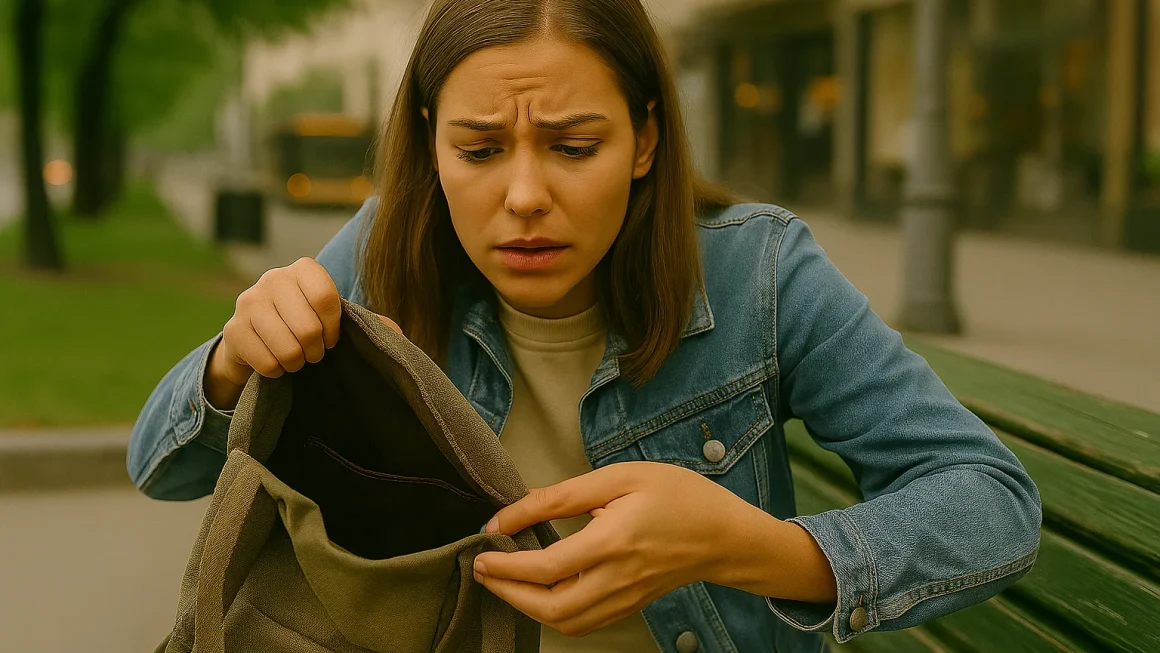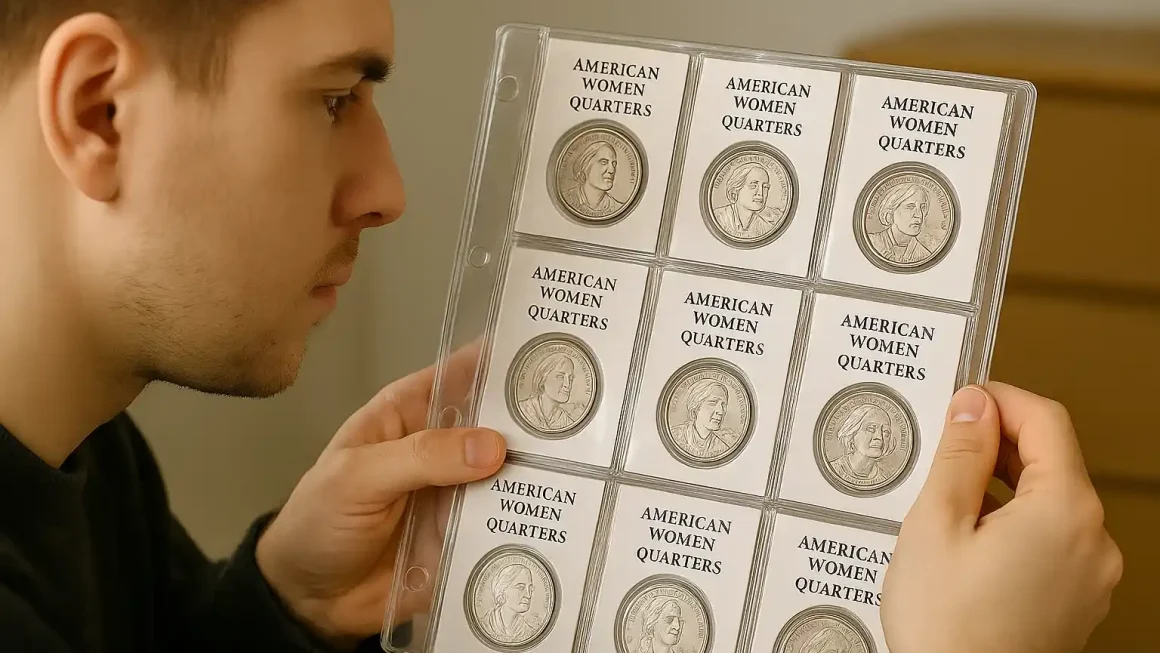IIn 2007, the United States Mint launched a bold new series — the Presidential Coin Program. The idea was simple yet powerful: honor every U.S. president with their own dollar coin, issued in the order they served. Naturally, the first coin in the series is a George Washington piece, and it quickly captured attention — not just for its design, but for something much more intriguing: its hidden value.
While millions of these coins were struck and circulated across the country, not all George Washington dollars are equal. Some versions of this seemingly ordinary coin can reach hundreds of dollars in the collectors’ market. The reason is rare varieties, minting errors, and condition — factors that can dramatically influence the George Washington dollar coin value.
So, today we are going to explore how to recognize valuable versions of this coin, what to look for on the edges and surfaces, and how to spot a potential jewel hiding in your pocket change.

What Is the George Washington Dollar Coin?
Well, do you know that when the first George Washington dollars hit circulation, many Americans set them aside as keepsakes. Little did they know, some of those coins would later turn out to be unexpectedly valuable.
The George Washington dollar coin was the first release in the Presidential $1 Coin Program. It was minted in 2007 and features a clean, modern design with historical significance.
- Obverse (front): A portrait of George Washington, based on a famous sculpture by Jean-Antoine Houdon. The inscriptions include his name, the words “1st President” and the years he served (1789–1797).
- Reverse (back): The Statue of Liberty, representing freedom, with the denomination “$1.”
- Edge: This is where things get interesting. Unlike most U.S. coins, the date, mint mark, and mottos “E Pluribus Unum” and “In God We Trust” are not on the front or back — they’re engraved on the edge of the coin. This feature was brand-new for U.S. coinage and became a signature element of the series.
Tip: If you’re puzzled because there’s no date on the front — don’t worry. Check the edge! That is where you’ll find all the identifying details.
- Mint Marks and Varieties: Which Ones Are Worth More?
Just like other modern U.S. coins, the George Washington dollar was struck at multiple mints, and each mint produced slightly different versions:
- Philadelphia (P): These coins were released for circulation and are the most common. However, high-grade examples with minimal wear can still command a premium.
- Denver (D): Also widely distributed. Again, value goes up significantly for coins in mint-state condition (MS65 or higher).
- San Francisco (S): These are proof coins, struck with specially prepared dies and polished blanks to create mirror-like finishes. They were not intended for circulation and were typically sold in collector sets. As a result, S-mint coins are much rarer in the wild and often more valuable.
You can often tell the difference just by inspecting the coin’s luster and detail — proof coins are sharp and glossy, while circulation coins have a matte finish.
Collector’s Tip: Flip the coin on its edge. A proof coin will have sharp, clear lettering and a perfectly struck surface. If it came from a Proof Set or Mint Set, it likely stayed in excellent condition — and that adds value.
- Minting Errors: The Real Money Makers
Sometimes the most valuable coins aren’t the rarest by mintage, but the ones that simply… weren’t made quite right.
The George Washington dollar coin may seem straightforward, but it’s actually the source of some of the most infamous modern minting errors. These aren’t just quirky details — they can skyrocket the coin’s value on the collector’s market.
The Big Three Error Types
- Missing Edge Lettering
This is the most famous error. The coin is supposed to have its date, mint mark, and mottos engraved on the edge. But in a batch of 2007 coins, this entire edge inscription was accidentally left off. These coins appear smooth and blank on the edge — and collectors took notice.
- Double Edge Lettering
Here, the edge lettering was applied twice, usually slightly offset. This creates a shadowy, ghost-like effect. It’s a striking visual and a certified error that buyers love.
- Inverted Edge Lettering
The inscriptions are present — but they’re upside down when compared to the standard orientation. This type of misalignment is subtle but collectable.
Real Examples and What They’re Worth
Please refer to the table below where you can find a handy breakdown of the most well-known errors and what they could earn you:
| Error | Feature | Example | Approximate Value |
| Missing Edge Lettering | Blank edge, no date/motto/mint mark | 2007-P smooth edge | $300–$600 (MS condition) |
| Double Edge Lettering | Edge text appears twice, slightly misaligned | 2007-D double lettering | $250–$500 |
| Inverted Edge Lettering | Edge lettering is upside down | 2007-P inverted inscription | $100–$250 |
Note: Coins with errors in mint state (MS) condition are the most valuable — circulated or damaged ones are worth far less.
- Coin Condition: Why Grading Matters
Even if your coin doesn’t have a minting error, its condition could be the key to unlocking extra value.
Coin collectors use a standardized grading scale to describe a coin’s wear and overall appearance. Here is a simplified breakdown:
- MS60–MS70 (Mint State): These coins are uncirculated and show no signs of wear. MS70 is a perfect coin — extremely rare!
- AU (Almost Uncirculated): Very minimal signs of handling. Light rub on high points.
- XF (Extremely Fine): Some wear is visible, but details are sharp.
- VF and below: Heavy wear, often little collector value unless the coin is rare.
How to Check Condition at Home
Hold your coin under good lighting and examine:
- High points of Washington’s face and hair — are they smooth or still detailed?
- Luster: Does it still shine, or is the surface dull and gray?
- Scratches or dings: Even small ones can knock your coin down a grade.
You can use a loupe or magnifying glass to get a closer look — many collectors swear by 10x magnification.
Important Tip: Never clean your coin! Even gentle cleaning can leave micro-scratches that reduce value. Leave it as-is and store it in a coin flip or capsule.
Your Next Move — Evaluate, Identify, Sell
So, you’ve found a George Washington dollar coin. What now? Before you run to a coin shop or list it on eBay, you’ll want to get a sense of what you’re holding. And thanks to modern tools, that’s easier than ever.
Today you can use a reliable helper — the Coin ID Scanner app — a quick and handy tool that lets you snap a photo of your coin and get instant insights. It helps identify the coin details, historical background and even offers a rough market value based on recent data. So if you are sorting through a family coin jar or browsing at a flea market, it’s a great first step to figure out if your coin deserves a second look.

Where to Find (and Sell) George Washington Dollar Coins
Where to Find Them
Surprisingly, these coins are still out there — sometimes hiding in plain sight. Here’s where people most often stumble upon them:
- Spare change: Yep, check your pocket or your coin jar. These coins were once in active circulation.
- Bank rolls or coin bags: You can ask your bank for $1 coin rolls. It’s not guaranteed, but occasionally people hit the jackpot with unsearched rolls.
- Garage sales and flea markets: Old collections often end up in unexpected places, especially from people who don’t realize what they have.
Where to Sell Them
Once you’ve identified a potentially valuable coin, selling it smartly is just as important as owning it. Here are your best options:
- Online marketplaces like eBay — great for reaching collectors worldwide. Be sure to include clear photos, especially of the coin’s edge.
- Specialty auction sites like Heritage Auctions — best for rare errors or high-grade proofs.
- Coin collecting forums — places like CoinTalk or Reddit’s r/coins often have trusted, experienced buyers.
Selling tip: Always include photos of both sides and the edge. The edge often holds the key to a coin’s value, especially for these dollars.
Common Myths and Mistakes to Avoid
Don’t fall for these common misconceptions — they could cost you money or lead to disappointment.
Myth: “It’s gold-colored, so it must be rare!”
➤ Many George Washington dollars were plated or coated by private sellers. This doesn’t increase value — it often decreases it.
Myth: “There’s no date on the coin — it must be an error!”
➤ As you now know, the date is on the edge. If it’s missing, then you might have something.
Myth: “All old coins are valuable.”
➤ Age alone doesn’t make a coin rare, because it is about errors, condition, and demand.
Mistake: Cleaning the coin.
➤ Never do it – it damages the surface and kills the value.
Smart move: Always check reputable sources, grading guides, or use tools like Coin ID Scanner before making any decision related to your findings.
So… Is Yours Worth More Than a Dollar?
It might be. And the only way to know is to look — closely. So, check the edge for minting details, examine the condition, and use modern tools to help you estimate your piece. Even if it’s not a rare error coin, your George Washington dollar might still be a great addition to a growing collection.
And remember one important numismatic rule: don’t rush to sell. Sometimes, values rise over time — and holding onto a well-preserved coin can pay off in the long run. Who knows? That shiny presidential dollar could be the start of a much bigger hobby.



